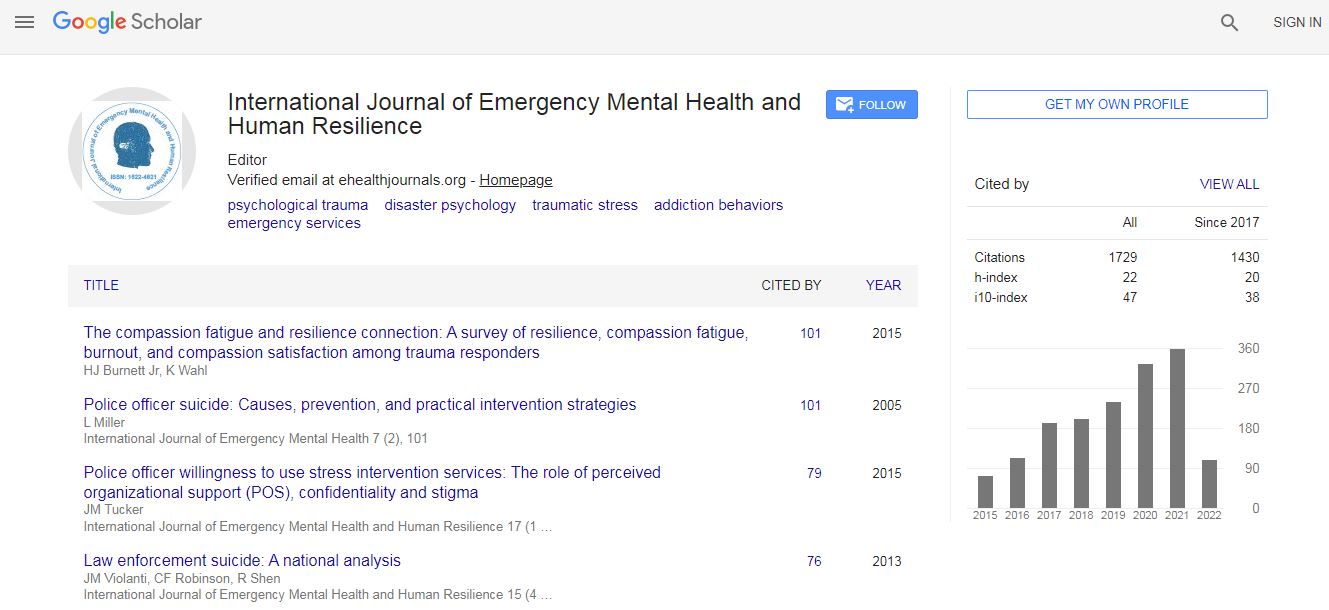Review Article
Hepatitis C Infection among Intravenous Drug Users. “A Silent Disease in an Invisible Population”
Khalid Saaran*, Hamad Al-Ghaferi, Abuelgasim El-Rasheed, Asma Awadhi
National Rehabilitation Center, Abu Dhabi, UAE
- *Corresponding Author:
- Khalid Saaran
National Rehabilitation Center, Abu Dhabi, UAE
Email: Khalid.saran@nrc.ae
Abstract
Objective: Hepatitis is defined as an inflammation of the liver. Our objective is to highlight the devastating effects Hepatitis C, a subtype of viral hepatitis, has on a subpopulation of patients struggling with Alcohol use disorder (AUD) and SUDs (Substance Use Disorders) and specially IDUs, (Intravenous Drug Users) also known as the invisible population. We also aim to describe the clinical picture, viral genotypes and available treatments. Methods: A literature review was conducted, specifically looking at published materials about the objectives above. Conclusion: Hepatitis C is considered a global health problem. Described as a “silent disease” its complications include liver cirrhosis, end-stage liver disease and hepatocellular carcinoma, co-infection with HIV and super infections with different strains of HCV. Recent advances in understanding HCV virology have led to the development of new drugs targeting replication process and proving to be very successful in clearing the infection it is important to note that there is no vaccine yet for HCV infection.

 Spanish
Spanish  Chinese
Chinese  Russian
Russian  German
German  French
French  Japanese
Japanese  Portuguese
Portuguese  Hindi
Hindi 